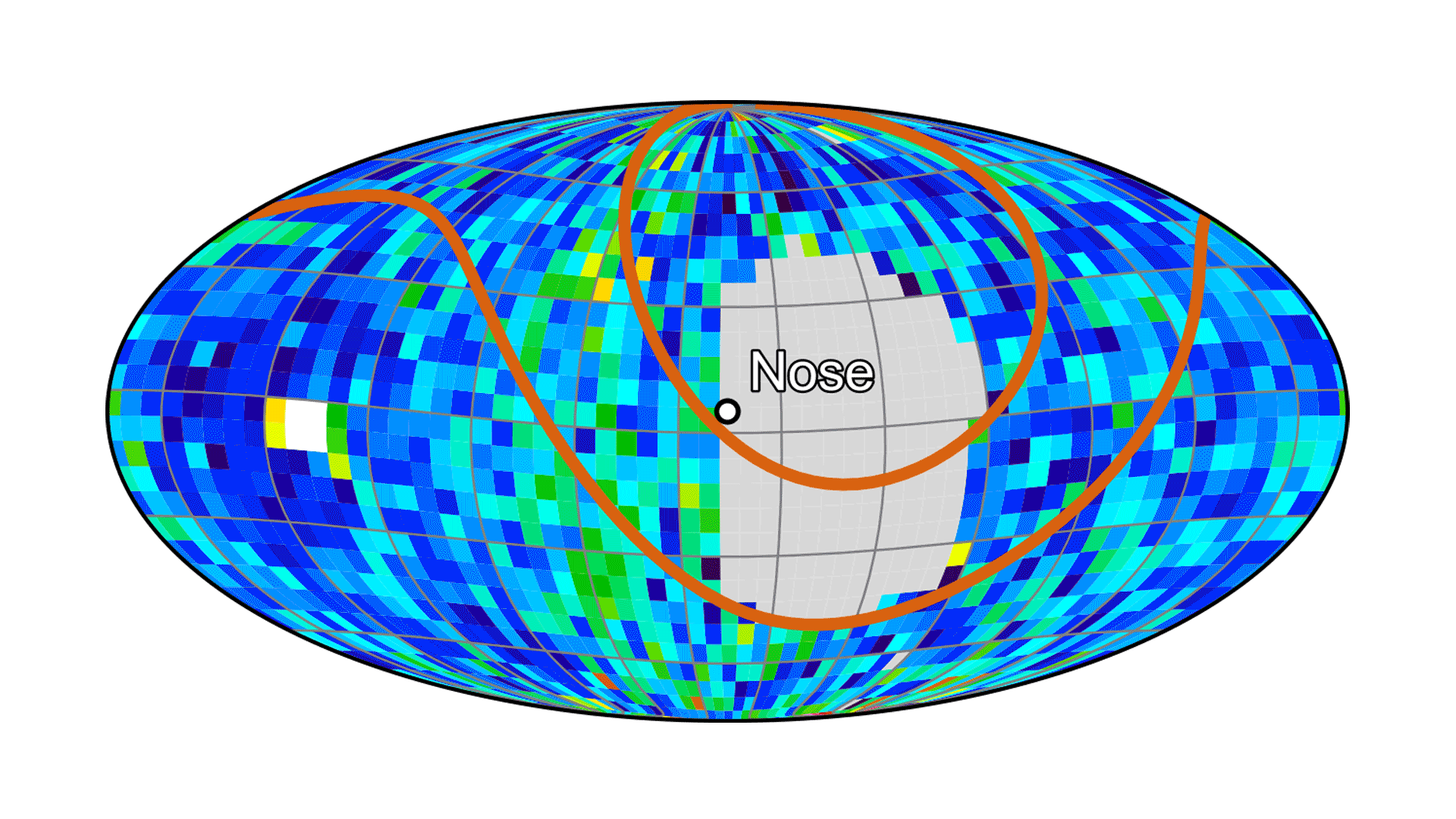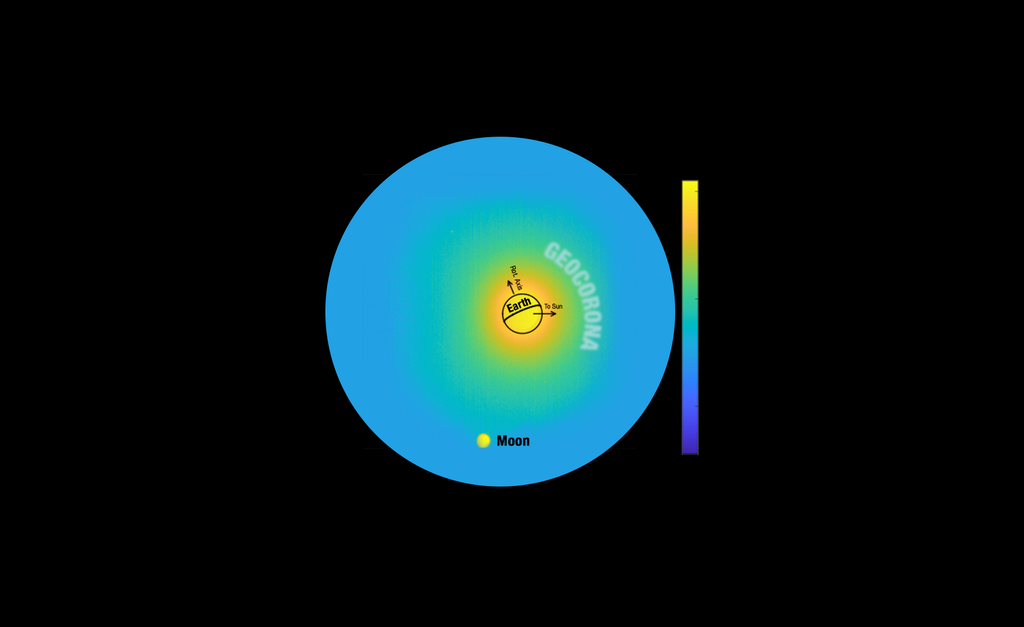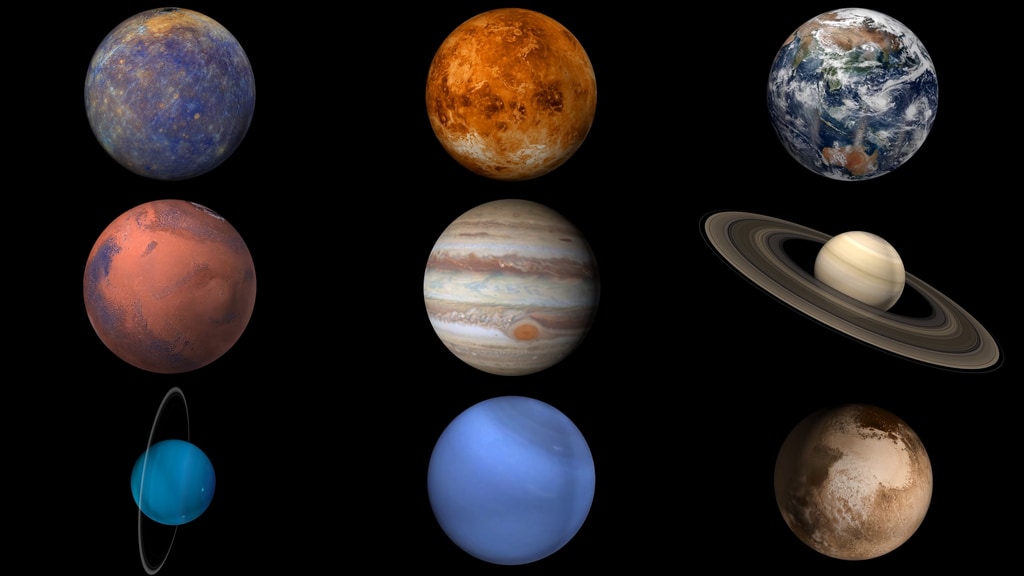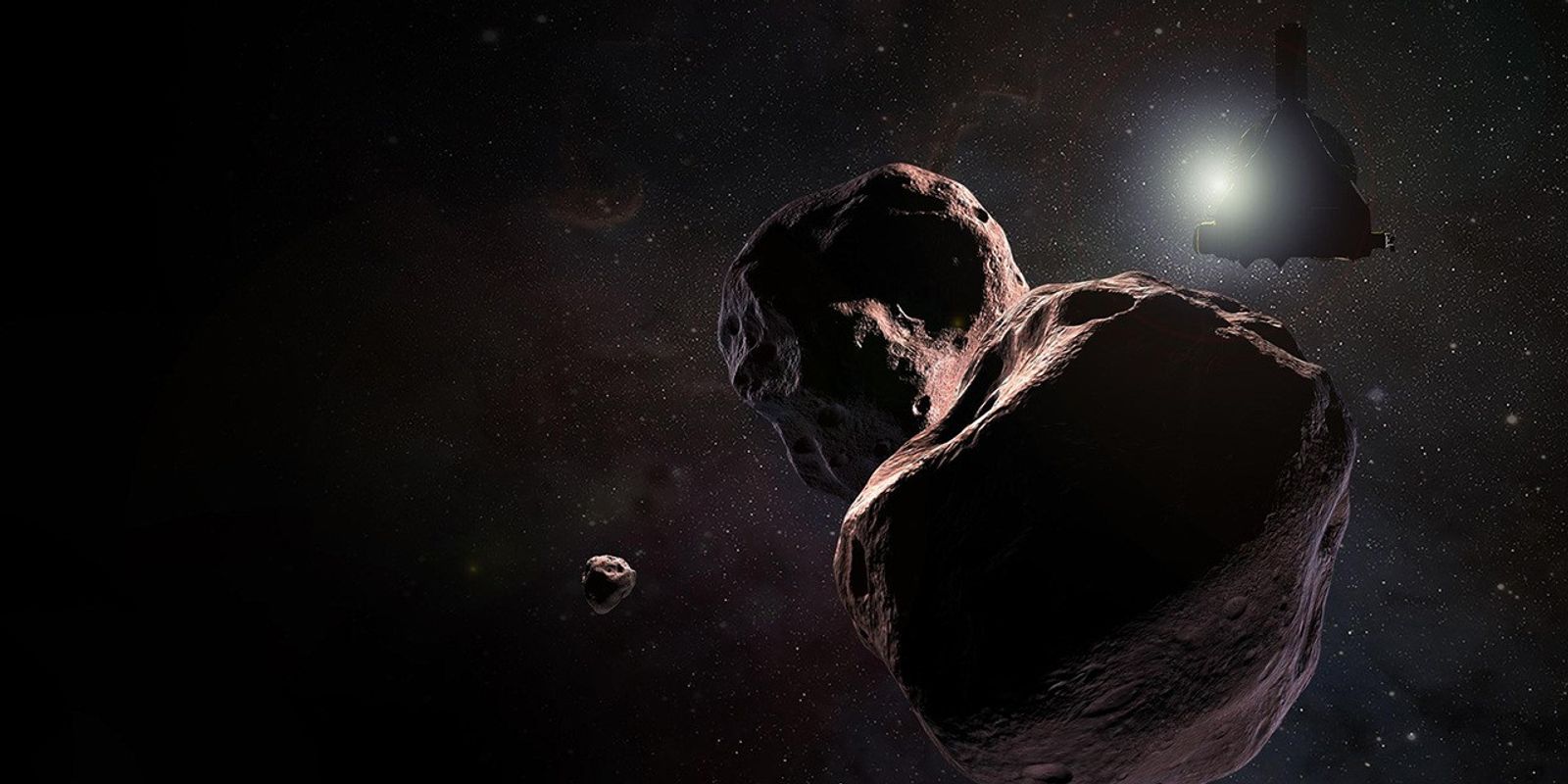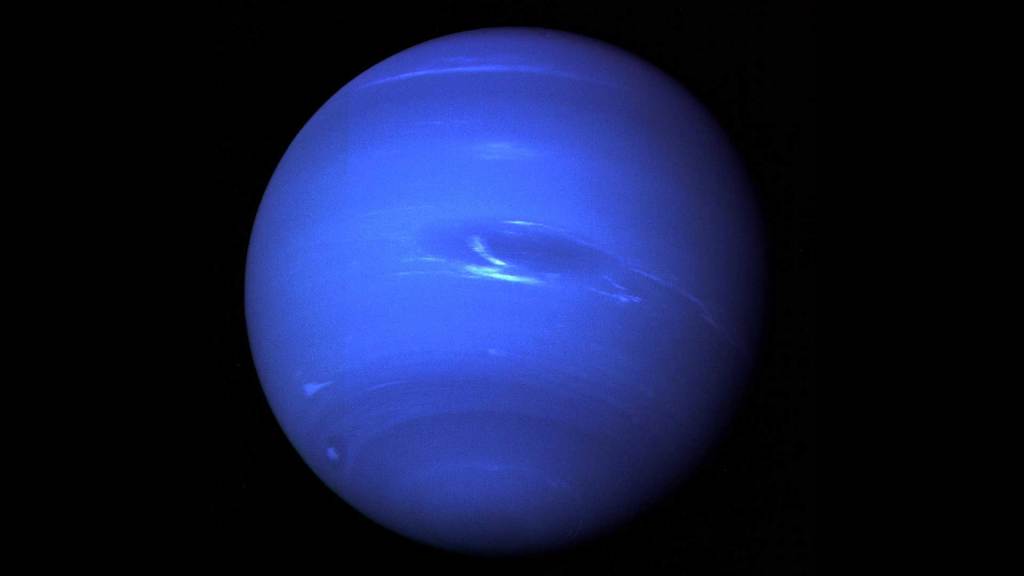
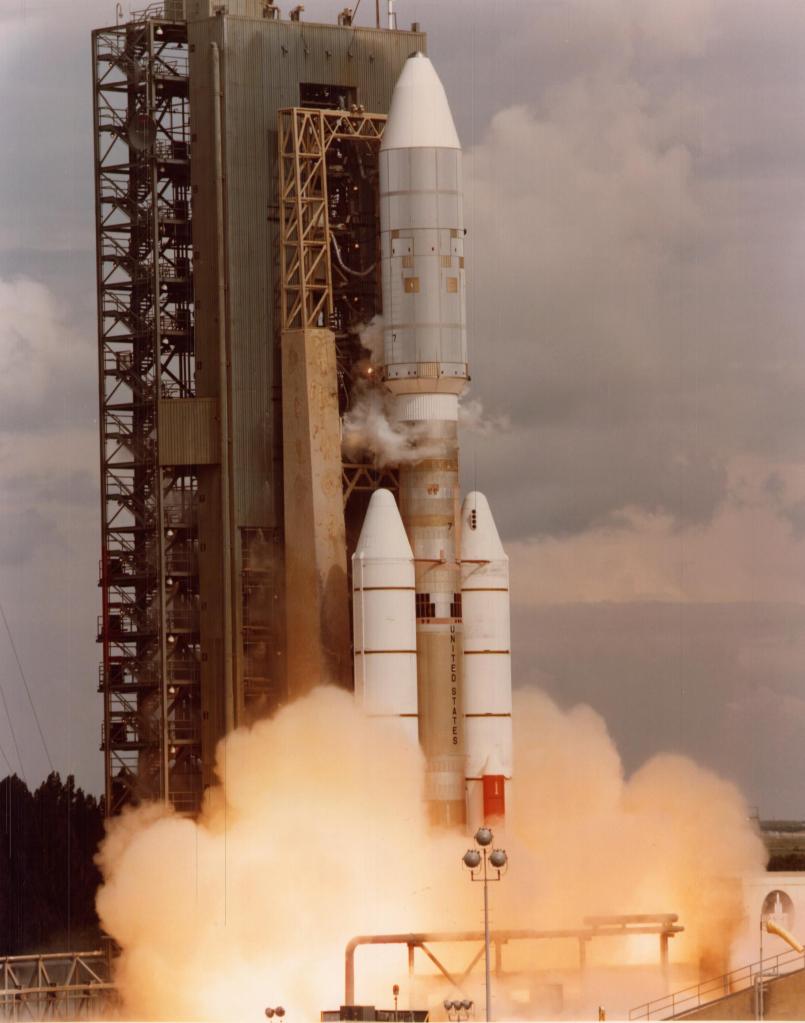

Neptune: Exploration
In 1989, NASA's Voyager 2 became the first-and only-spacecraft to study Neptune up close. Voyager returned a wealth of information about Neptune and its moons-and confirmed evidence the giant world had faint rings like the other gas planets.
Scientists also use the Hubble and Webb space telescopes, along with powerful ground-based telescopes, to gather more information about this distant planet.
Missions to Neptune
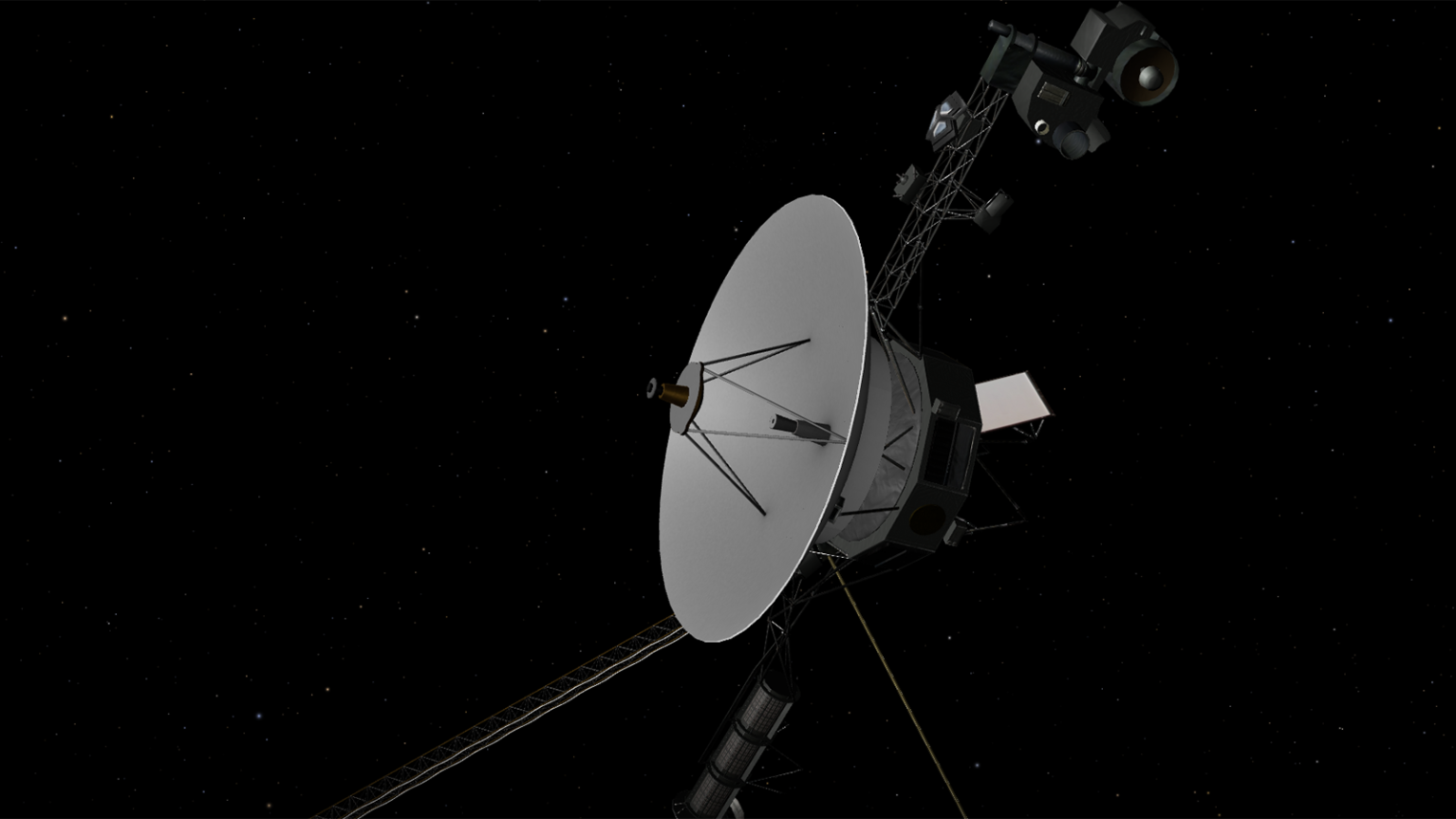
Significant Events
- 1612: Galileo incorrectly records Neptune as a fixed star during observations with his small telescope.
- 1846: Using mathematical calculations, astronomers discover Neptune, increasing the number of known planets to eight. Neptune's largest moon, Triton, is found the same year.
- 1983: Pioneer 10 crosses the orbit of Neptune and becomes the first human-made object to travel beyond the orbits of the planets of our solar system. The spacecraft remains on a trajectory heading toward the red star Aldebaran (in the constellation Taurus) and is expected to pass by it in about 2,000,000 years.
- 1984: Astronomers find evidence for the existence of a ring system around Neptune.
- 1989: Voyager 2 becomes the first and only spacecraft to visit Neptune, passing about 2,983 miles (4,800 kilometers) above the planet's north pole.
- 2002: Using improved observing techniques, astronomers discover four new moons orbiting Neptune: Laomedia, Neso, Sao and Halimede.
- 2003: Another moon, Psamathe, is discovered using ground-based telescopes.
- 2005: Scientists using the Keck Observatory take images of the outer rings and find that some of the ring arcs have deteriorated.
- 2011: Neptune completes its first 165-year orbit of the Sun since its discovery in 1846.
- 2013: A scientist studying Neptune's ring arcs in archival Hubble Space Telescope images finds a previously unknown 14th moon of Neptune, provisionally designated S/2004 N 1.
- 2016: Scientists using the Hubble Space Telescope discover a new dark spot on Neptune, the first new atmospheric vortex seen in the 21st century.
- 2022: NASA’s James Webb Space Telescope took its first image of Neptune, and captured the clearest view of the planet’s rings in more than 30 years.













